It’s been almost five years since SINTEF Ocean arranged a meeting to kick off the Horizon 2020 project Smartfish. The goal of the project was to develop, test and promote a suite of high-tech systems for the EU fishing sector, thereby optimizing resource efficiency, improving automatic data collection for fish stock assessment, provide evidence of compliance with fishery regulations and contribute to the reduction in the ecological impact of the industry. That was the beginning of 2018.
Two years later, at the end of 2020, the deadline for achieving target 14.4 of the global Sustainable Development Goals (SDG) on ending illegal, unregulated and unreported fisheries (IUU) was passed – unsuccessfully – and there was no end in sight. That same year, the EU decided that they needed to propose changes to the Common Fisheries Policy (CFP). Later, the taxonomy saw the weak rays of daylight, with provisions for fisheries also included. The EU developed ambitious goals for biodiversity protection at land and in the ocean.
Today, in 2022, the world is at the dawn of developing new ambitious global goals under the Convention of Biological Diversity (CBD) for preserving nature and stop the unsustainable use of all resources on earth. This is all affecting fisheries. And the Smartfish project, with its 18 partners and a budget of 6 million euro, has done what it set out to do – it developed, tested and now promoted a suite of high-tech solutions to contribute to these new global goals – where the fishing industry will have to do its part along with all others.
We know too little about the ocean

This is critical, because about 30% of all fish species are overfished and this needs to end. 80% of all life on earth is in the ocean, and it contains between 500,000 and 10 million marine species – more or less – and we have in fact identified about 300 000 marine species. But that is still just 15% of all species that have been identified on the planet as a whole – while covering 70% of the surface of the Earth.
It goes almost without saying that we know too little – and need data to learn more about what is out there, and where and how climate change is affecting them. Because we are in the midst of a mass extinction event – both in the ocean and on land, all while the massive population growth and increased need for food from the sea is driving the need to harvest more fish – not less.
Technology and innovation ensures sustainable growth
Smartfish argues, though, that technology and innovation can contribute to help us solve this nature crisis, and at the same time find solutions that can ensure continued sustainable growth of the fishing industry. As such, SINTEF Ocean and SINTEF Digital in Smartfish worked to find new and effective solutions for fisheries – both in Norway and in the EU – both under water and on deck after the fish has come on board.
This work has contributed with solutions that can make the industry more effective, and lower costs for the actors involved – while simultaneously protecting biodiversity through capture technology solutions and compliance by design once implemented. It has also made the first steps towards developing cost-effective and non-intrusive methods for automatic catch identification. We did this exploiting the developments we have seen in different existing technologies. Machine vision. Camera technology. ROV technology. Big data. Artificial Intelligence. Digital Twins. Acoustics and more. This allowed the consortium members to build a suite of systems for monitoring, analyzing and improving processes for all facets of the fishing sector, from extraction, to assessment, to monitoring and control.
Mini-exhibition of new technology
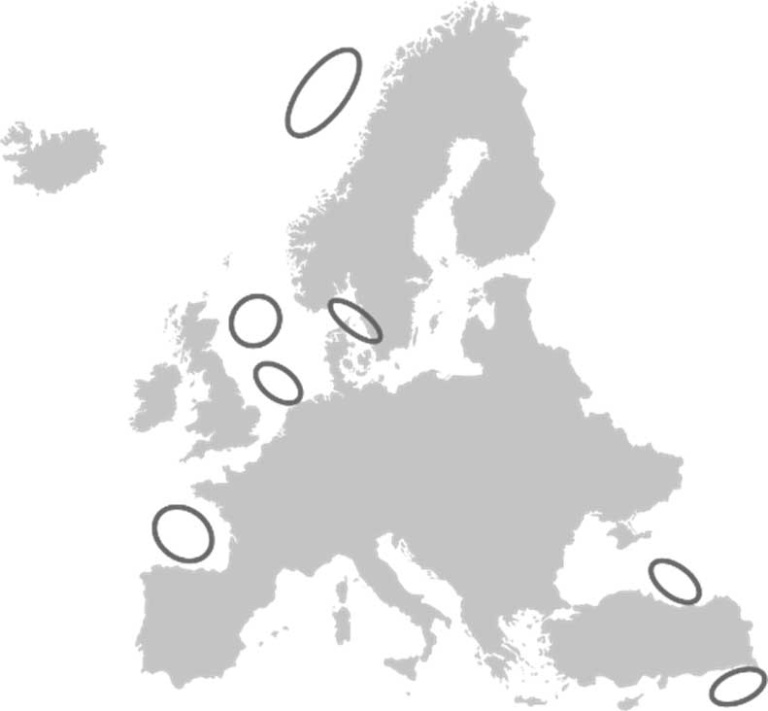
On November 22nd 2022, the project group presented these technologies in a mini-exhibition at Norway House, across the street from the EU commission, in Brussels, Belgium. In total, the consortium exhibited twelve different technologies to a group of almost one hundred visitors from different funding agencies, EU commission members, researchers, policy makers and NGOs.
The technologies that were presented consisted of innovations for sustainability both for processes under the sea and above the surface, on the deck of the vessels. The innovations had also been tested throughout European waters, from the Barents sea to the far eastern Mediterranean, and these results were also presented during the exhibition. For the underwater technologies developed during Smartfish, which in some cases were near commercialization already, and allow the skipper to have eyes under water, the three different TrawlMonitors developed during the five years of the project gathered a lot of interest from the audience.
One of these – the FlashLidar – was developed by Smartfish partners in SINTEF Digital and used a 3D range-gated camera (the UTOFIA) for accurate fish-length estimation of free-swimming fish. Tests showed that this monitor was robust to water turbidity which makes it ideal for real-time monitoring of fish, and with observed length errors in the order of 1%!
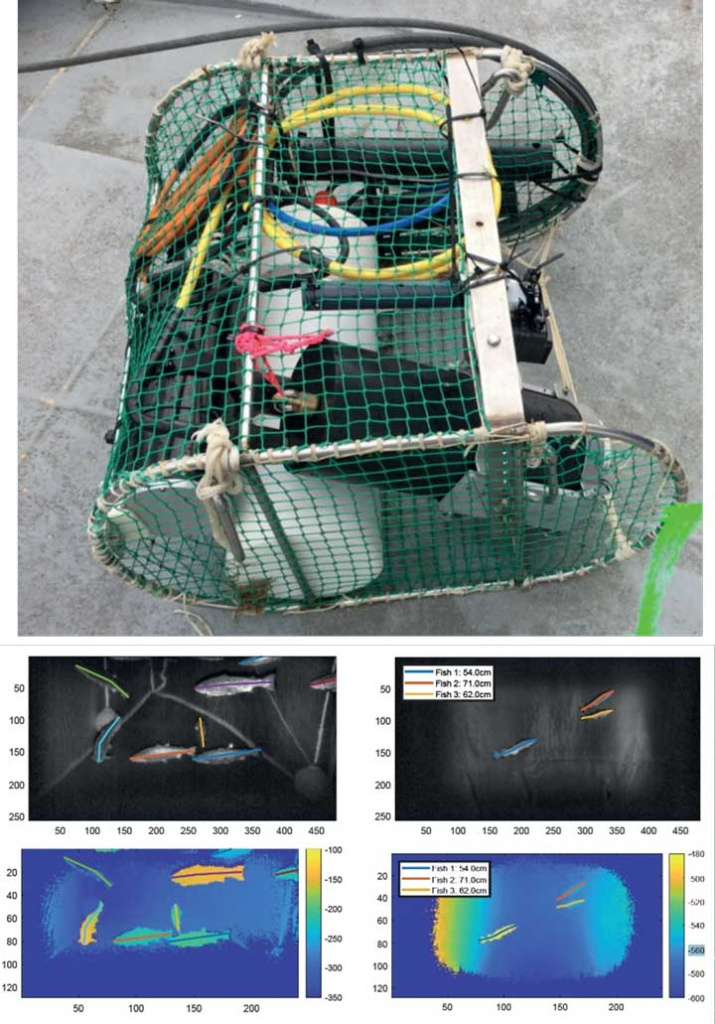
Low-cost technology
SINTEF Ocean also played an important role in the catch identification technologies that were developed in the project period. The CatchSnap, for example, a versatile, handheld 3D machine vision unit for inspecting catch samples on smaller fishing vessels. This is a technology that is low cost, using a smartphone, and it is also suitable for smaller vessels where a conveyor belt or sorting table is not realistic in terms of catch identification.
One of the areas it was tested was therefore in the Mediterranean, where catch compositions during fishing trips could consist of a mixed haul of fish species. The project partner therefore collected digital images and manual length and weight measurements of collections of fish for testing of CatchSnap onboard of the Mediterranean demersal trawler, the Black Sea purse seiners and, the Aegean Sea purse seiners during the project period as well to ensure that we had enough data for the CatchSnap to function satisfactory.
New project – EveryFish
Though the project now has come to an end, the on-deck technologies developed in Smartfish are the foundations for a Horizon Europe project that was funded and starts 1.1.2023, namely EveryFish. One of the impacts from Smartfish that was projected before the project started was that “The SMARTFISH systems CatchScanner, CatchSnap and CatchMonitor will automatically collect evidence on catches brought aboard the fishing vessels … and provide data to fisheries managers at the relevant level of governance. “. EveryFish will build on these technologies in Smartfish and develop, test, and promote a suite of innovative technological solutions for fully automated catch recording and reporting for use on board European fishing vessels, and develop innovative governance strategies that make use of the automatically reported catch data.
Data harvesting needs infrastructure

These digital solutions will contribute to an automatic documentation system, where verifiable data is made available for relevant actors, and will contribute to our hunger for data to feed into our need for biodiversity protection and knowledge enhancement, especially in the Ocean space.
This data harvesting from the sea will also need an infrastructure that ensures that you can access and share the information automatically. In Norway, the Directorate of Fisheries, one of the EveryFish partners – has started the Catch-ID initiative, where the goal is precisely new technological solutions for use onboard fishing vessels to ensure correct registration of what we remove from the ocean – and they want to anchor this in the industry.
The revisions to the EU fisheries MCS (Monitoring, Control and Surveillance) system will also include electronic tracking of all vessels, fully digital catch reporting and video monitoring on some vessels. And the EU taxonomy, as earlier mentioned, has proposed technical screening criteria for fisheries like for example “Operating in a fishery that is fully documented with 100% observers’ coverage (human or electronic).” And “No record of illegal, unreported and unregulated fishing activity in the last 5 years”.
Sustainability goals can be achieved
To protect biodoiversity, this is increasingly important. Also, when coupled with climate change, and resulting warmer waters and changing fish distribution and movement, our need to know more is increasing. If we don’t know what’s there, and how much of what is removed, we wont know how to protect it or even sustainably harvest it. We wont even know what we are losing – or what we can harvest more of – until we know what is out there.
What we know is that we have to avoid discards. Unwanted fish. Too small fish. Choke species. Fish we don’t have quotas for or those that are red listed. Because once it is automatically recorded upon entering the vessel, the data is locked and transferred. There is no need for fishers for manual registration and extra work. And scientists, managers and consumers have access to reliable and verified data. Sustainability goals can be achieved. And we can contribute with data that can restore our Ocean and enhance biodiversity.
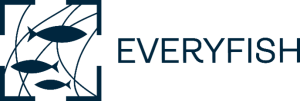
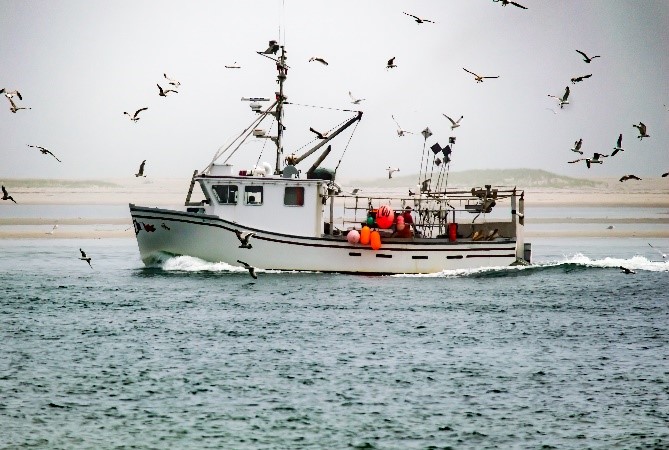
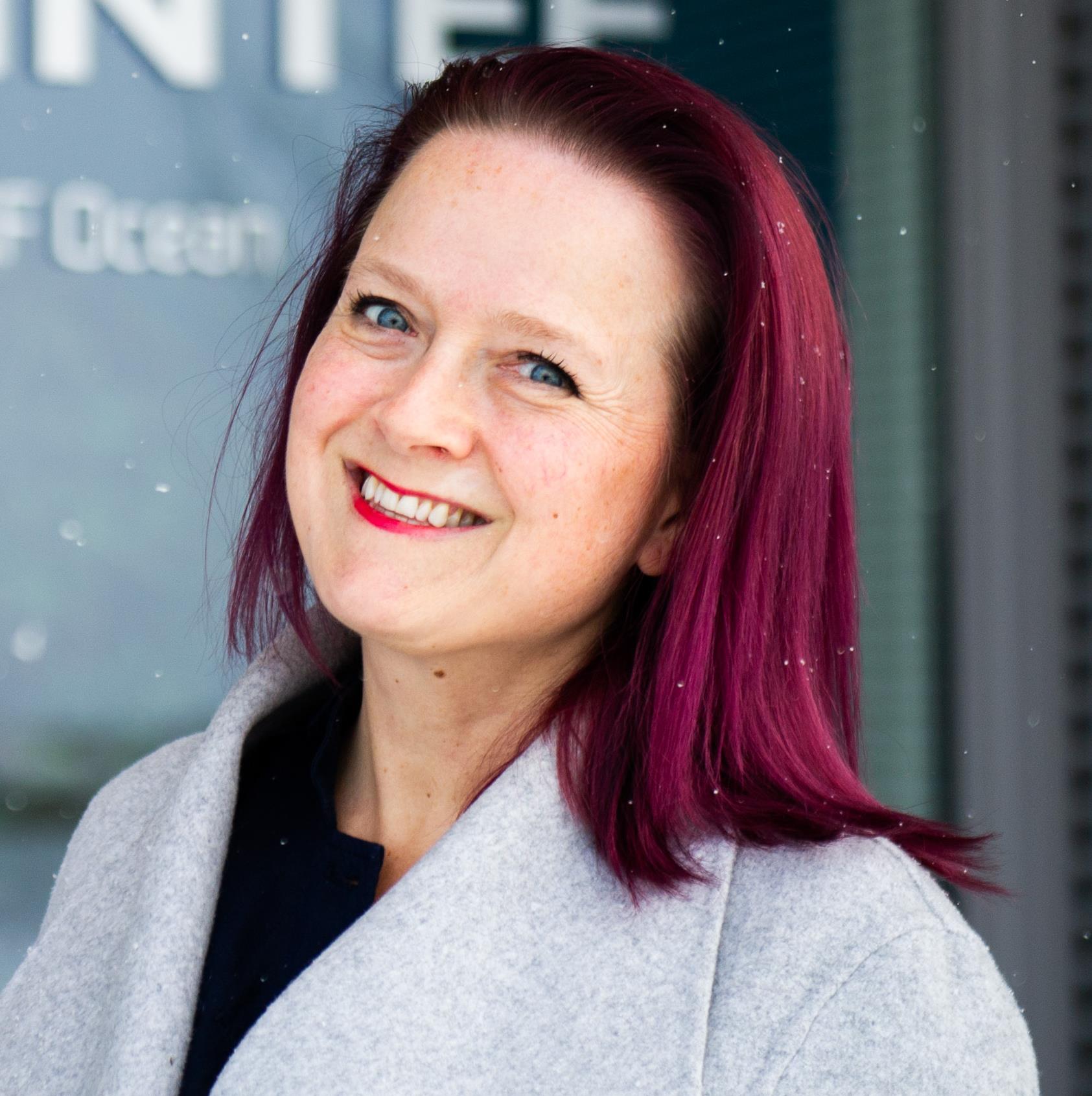
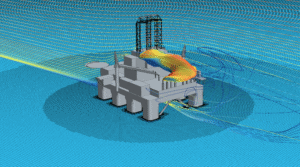

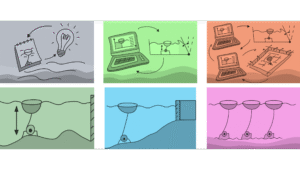

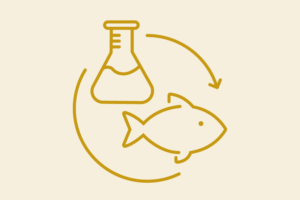
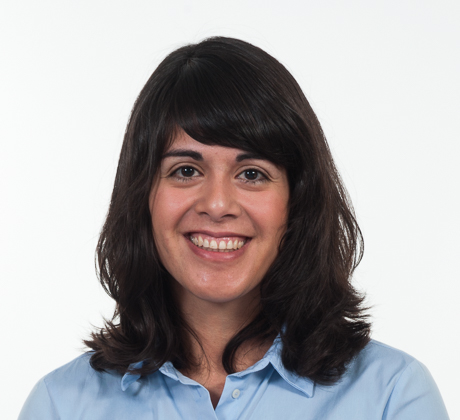
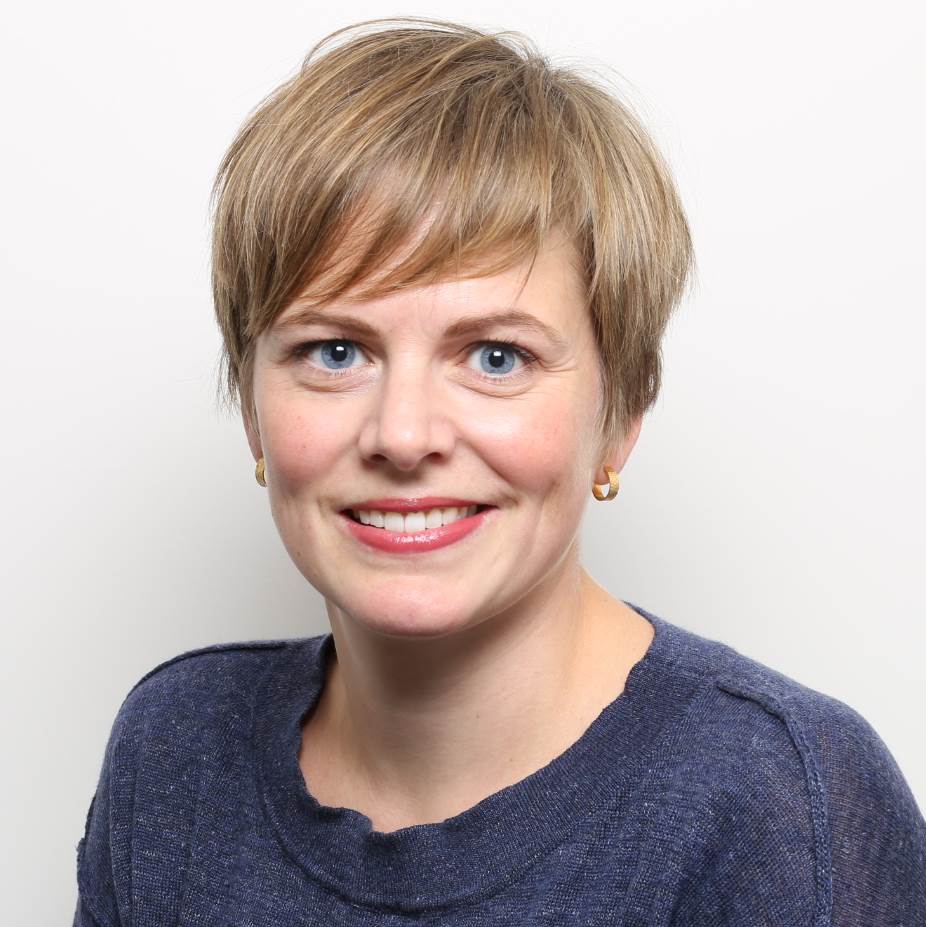
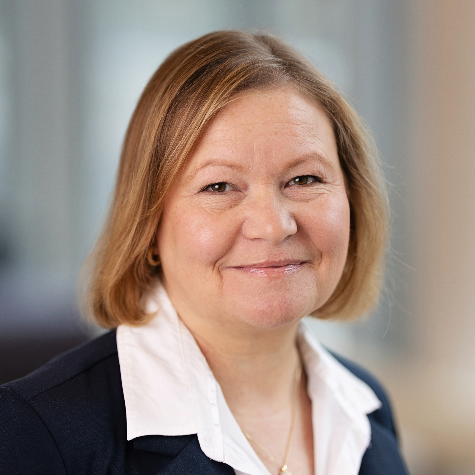
Comments
No comments yet. Be the first to comment!